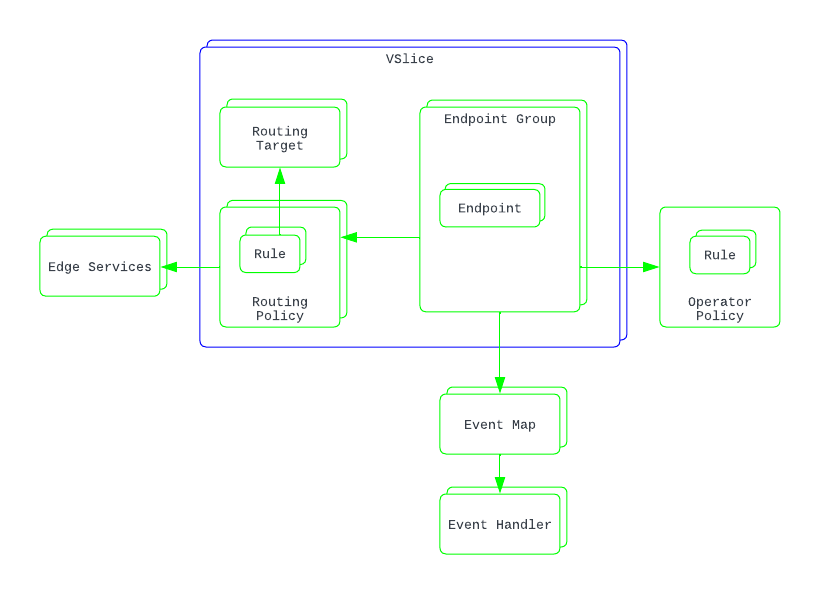Stacuity Concepts
Stacuity is no ordinary mobile network. An understanding of the basic concepts and how they fit together will help you to make the most of the network and platform.
What is the Stacuity programmable network?
Stacuity provides cellular connectivity. It has been designed for IoT and other data-centric applications.
Our platform has been built for innovators, developers and anyone else who needs flexible, reliable and secure connectivity which can be precisely configured for their applications and devices. Whereas ordinary networks provide a service - giving limited control and insight into their configuration and performance, our network is designed as a platform - for you to build-on.
To use the Stacuity network and platform, you need a SIM card - available directly from us, or via one of our distribution partners. Once inserted into a suitable device, and linked with your account, you can immediately control and monitor all aspects of behaviour in real time - just as if you had your own mobile network.
Stacuity SIM cards work wherever we have coverage through our network of partners. We have coverage on over 600 networks in over 200 countries and territories worldwide. Depending on their location, our SIM cards work on 2G, 3G, 4G and 5G networks - and most of our advanced capabilities will work in the same way.
Everything is controllable via our rich API, or using our management portal which we have built using this API. If you are familiar with using cloud platforms for deploying, configuring, managing and monitoring virtual servers, infrastructure and services then you'll feel right at home using Stacuity to do the same for your own programmable mobile network.
Concepts
The Stacuity platform, API and portal is based around a number of key concepts - which together are used to configure the network to meet the needs of the application.
| Concept | Description |
|---|---|
| VSlice | An independent, logical network |
| Endpoint Group | Within a VSlice, groups endpoints with common configuration and requirements |
| Endpoint | Represents a device/SIM, contained within an Endpoint Group |
| Operator Policy | Controls where endpoints can be used (by country or network operator) |
| Routing Target | External networks which Endpoints can communicate with |
| Routing Policy | Rules which control the flow of data between Endpoints, Routing Targets and Edge Services. |
| Edge Services | Secure, advanced services provided from within the stacuity network and accessible by Endpoints. |
| Event Handlers | External webhooks for receiving notifications from the network |
| Event Maps | Controls what types of events are sent to which Event Handlers |
| Regional Policies | Configure the region your endpoint connectivity enter our global stacuity network |

The diagram above shows how these concepts relate to each other.
- A single customer account can contain multiple VSlices.
- VSlices contain Endpoint Groups, Routing Policies and Routing Targets. Each Endpoint Group can refer to a single Routing Policy, but a Routing Policy can be shared by multiple Endpoint Groups (in the same VSlice)
- Event Maps and Operator Policies are independent of a particular VSlice, so they can be shared by Endpoint Groups in different VSlices.
Updated 14 days ago
